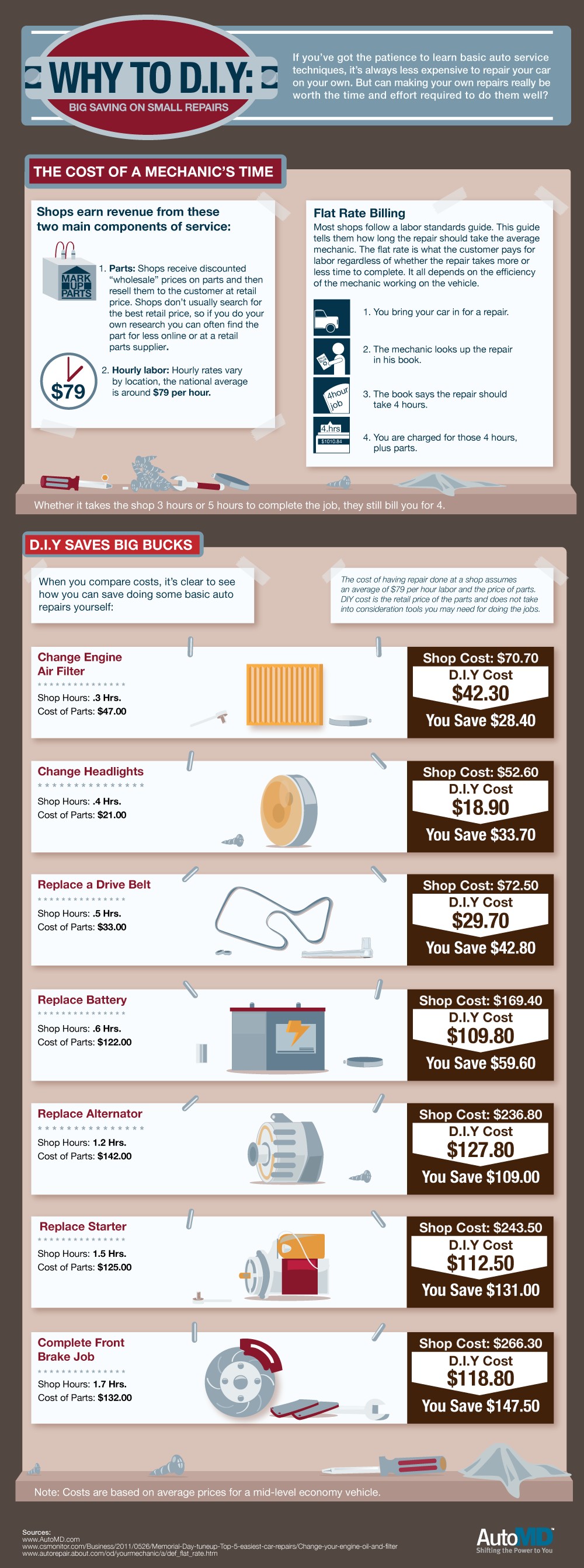Decoding Your Vehicle'S Warning Indicators: What They Truly Symbolize
Decoding Your Vehicle'S Warning Indicators: What They Truly Symbolize
Blog Article
Article Developed By-Hartley Torres
When you're behind the wheel, those glowing warning lights on your control panel can be a little bit difficult. Do you know what they're trying to inform you about your vehicle's health and wellness? Understanding the value of these lights is important for your safety and security and the long life of your vehicle. So, the following time among those lights turns up, would not you wish to analyze its message precisely and take the needed actions to address it?
Common Warning Lighting and Interpretations
Determine typical warning lights in your automobile and comprehend their meanings to make sure risk-free driving.
The most typical warning lights include the check engine light, which indicates issues with the engine or exhausts system. If this light begins, it's crucial to have your automobile inspected immediately.
The oil stress warning light shows low oil pressure, requiring immediate interest to stop engine damage.
A flashing battery light could recommend a defective charging system, potentially leaving you stranded otherwise addressed.
The tire pressure tracking system (TPMS) light signals you to low tire pressure, influencing car security and gas performance. Disregarding this might result in risky driving problems.
The abdominal muscle light shows a problem with the anti-lock braking system, compromising your ability to stop quickly in emergencies.
Last but not least, the coolant temperature cautioning light warns of engine overheating, which can cause severe damages otherwise fixed promptly.
Comprehending these usual warning lights will aid you resolve problems immediately and preserve safe driving conditions.
Importance of Prompt Focus
Comprehending the usual caution lights in your automobile is just the primary step; the importance of quickly attending to these cautions can't be emphasized enough to guarantee your safety and security on the road.
When a warning light illuminates on your dashboard, it's your car's means of connecting a possible concern that requires focus. Ignoring these warnings can cause more serious problems in the future, jeopardizing your security and potentially costing you a lot more out of commission.
Motivate interest to advising lights can stop break downs and crashes. As an example, a flashing check engine light can indicate a misfire that, if left neglected, can cause damages to the catalytic converter. Resolving https://brake-pads61727.blogdeazar.com/31342494/trip-into-the-globe-of-professional-car-describing-with-unique-insights-from-a-specialist can conserve you from a costly repair work.
Likewise, a brake system advising light could signal low brake liquid or used brake pads, critical parts for your security when driving.
Do It Yourself Troubleshooting Tips
If you see a caution light on your control panel, there are a couple of DIY fixing tips you can try prior to looking for specialist aid.
carwashcocklebah is to consult your vehicle's manual to comprehend what the particular warning light indicates. In some cases the concern can be as simple as a loose gas cap causing the check engine light. Tightening up https://www.aarp.org/auto/car-maintenance-safety/info-2021/diy-maintenance.html might fix the issue.
Another typical concern is a low battery, which can cause different alerting lights. Inspecting the battery connections for deterioration and ensuring they're safe and secure may deal with the issue.
If a caution light persists, you can try resetting it by detaching the auto's battery for a couple of minutes and after that reconnecting it. Furthermore, examining your automobile's fluid levels, such as oil, coolant, and brake liquid, can aid repair advising lights associated with these systems.
Final thought
To conclude, recognizing your vehicle's caution lights is important for keeping your vehicle running efficiently and safely. By promptly attending to these alerts and recognizing what they imply, you can stay clear of expensive repair services and prospective malfunctions.
Keep in mind to consult your car's handbook for specific details on each cautioning light and act appropriately to guarantee a hassle-free driving experience.
Keep notified, stay risk-free when driving!
